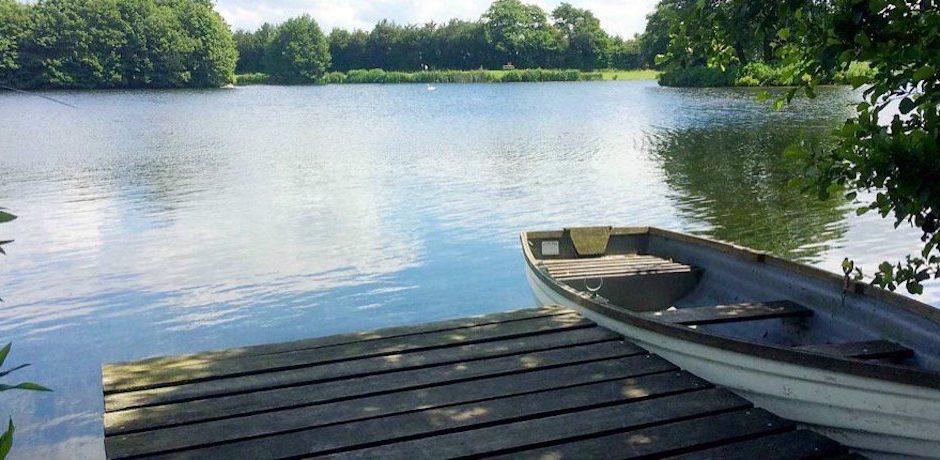The thin line between contemporary life, folktales and myths - a review of the 26th Festival at the Edge
This year’s Festival at the Edge, the 26th annual storytelling festival to take place in Shropshire, happened at a new site, Alderford Lake near Whitchurch. The site had a similar layout as previous festivals, with many familiar faces and returning friendly features. It was different as a site, but change can be good – and new pathways are quickly established when people gather together. There was enough variety of stories to hear, and storytellers to catch, to keep me out of the Silver (music) and Yellow (workshop) tents entirely this year. I found myself moving exclusively between the Green (larger, amplified) and Red (smaller, acoustic) tents – both of which offered a continuous programme of hour-long storytelling, with half hour breaks in between (with one longer teatime break before the evening stint). My personal highlights were Ruth Kirkpatrick’s commission, ‘I’ll Mak Sikkar’ – what a motto!, Pat Ryan’s Telling the Tale Anew and Sarah Rundle’s richly textured Medievalia as well as Nick Hennessey’s darkly poetic Hoken Field, Michael Harvey and Pauline Down’s skilful, poignant Branwen and Xanthe Gresham’s irrepressibly inventive Princess Bride – not to forget many others. Apart from a brief stint having a go on the bagpipes in the Village area (such fun!) it was stories and more stories this year – all the way. Ursula le Guin once wrote that the act of writing is ‘more like translating than it is like anything else’. I have often wondered if that’s true for storytelling as well. “Perhaps this is why sometimes a lot of writers writing in different languages, in different countries, all seem to be going the same direction without communicating about it, like a flock of birds or fish, suddenly all doing the same thing and understanding what others are trying to do. They are all translating into their own idiom or idiolect from the same non verbal text.” (from Dancing at the Edge of the World by Ursula le Guin). While I didn’t get the sense that storytellers were particularly all going in the same direction this year, what kept jumping out at me as a listener, from different stories, was descriptions of people being burned by fire. It seemed to recur again and again. Each time I felt again the absolute panic of being caught in that situation and the desperation of what you would do to try and escape. In some stories it was a throwaway moment, in others detailed and real. I don’t know if it was what I was particularly hearing, or whether the storytellers were subconsciously picking up on real events, but it reminded me again of how thin the boundary can be between contemporary life and folktales and myths and it provoked questions about how we navigate between them as listeners or tellers. With a summer (hopefully) still to come between festival season and our own next highlight of translation – bringing Dreaming the Night Field, aka The Fourth Branch of the Mabinogion to audiences across England and Wales big thanks and congratulations to everyone involved with Festival at the Edge – next year’s dates 20 to 22 July, 2018 – are already in the diary! Naomi Wilds
